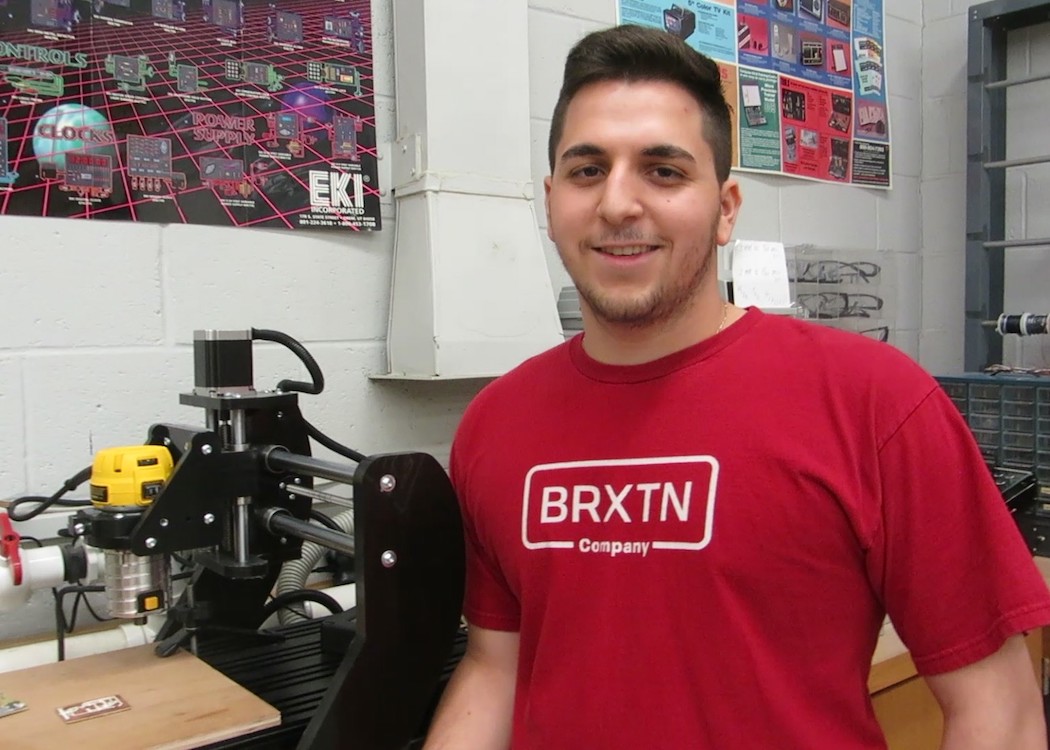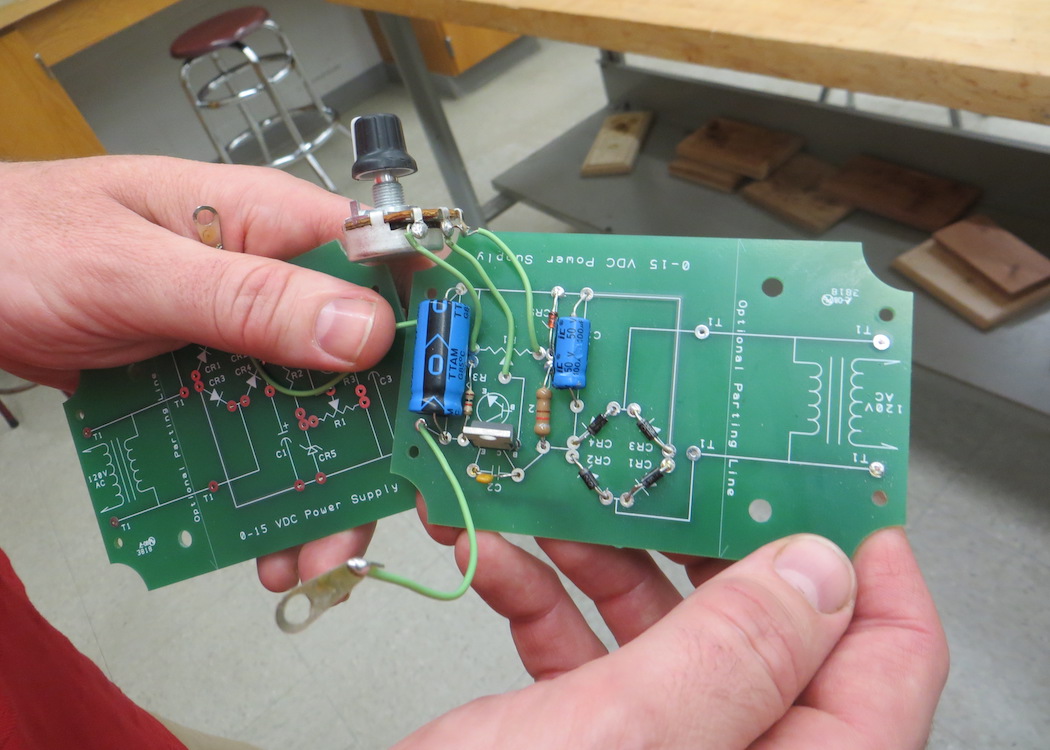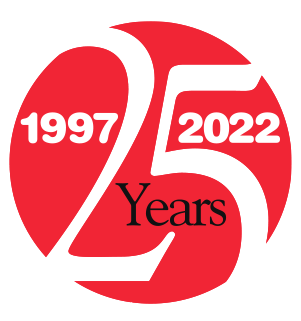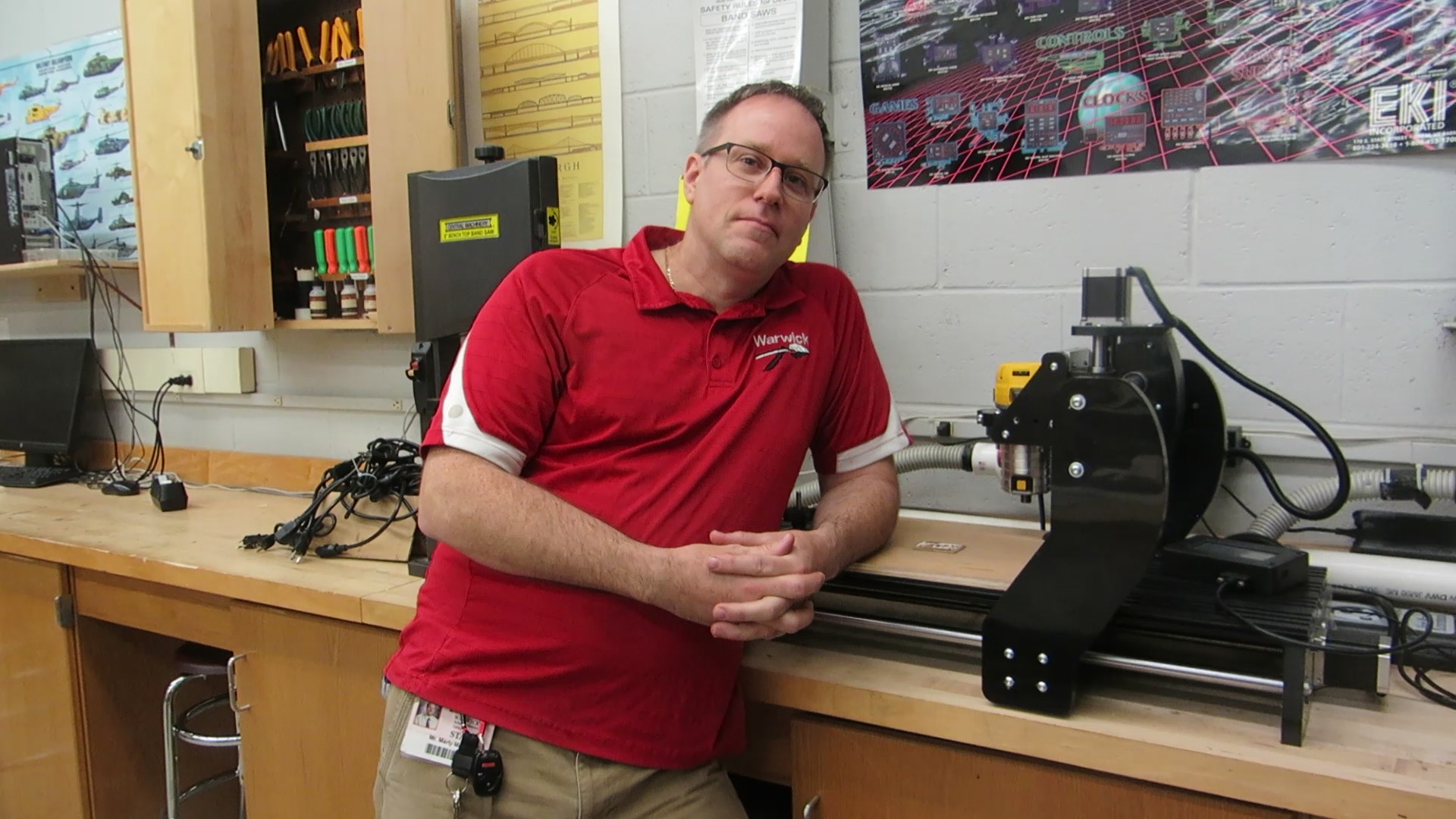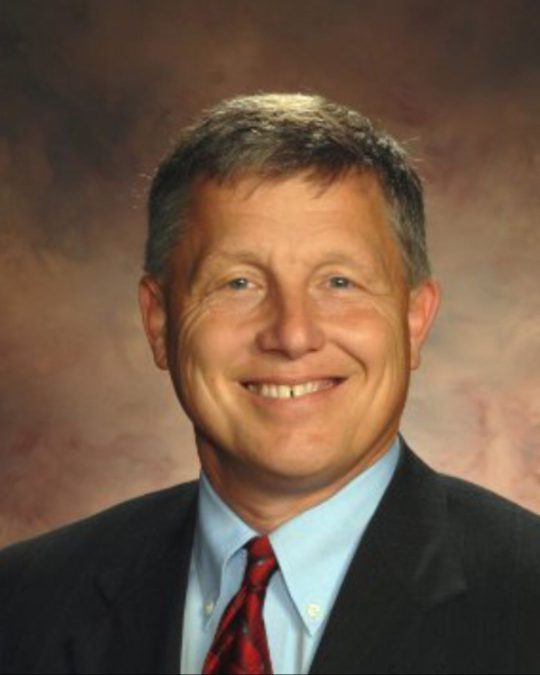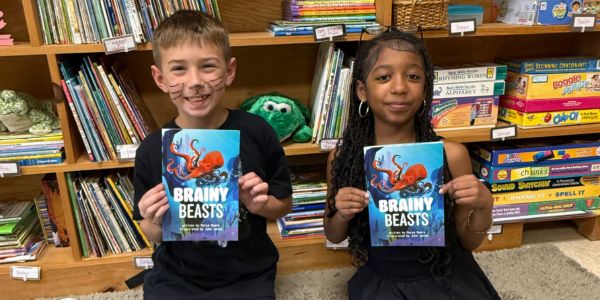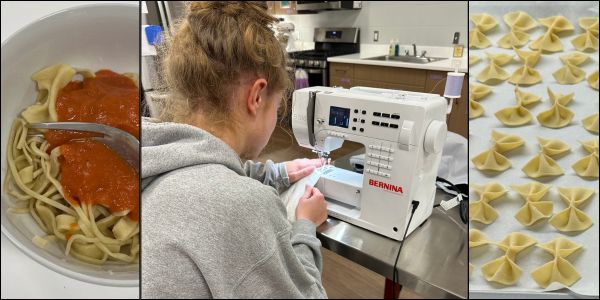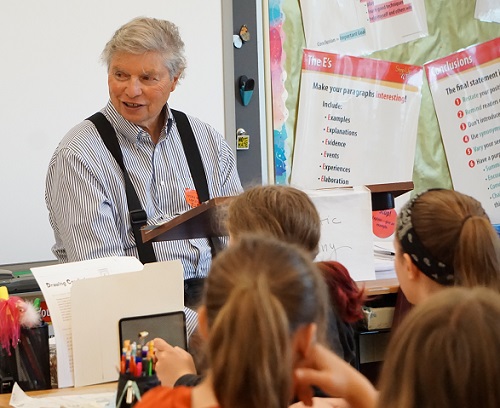
Avi is short for Amazing
June 4, 2019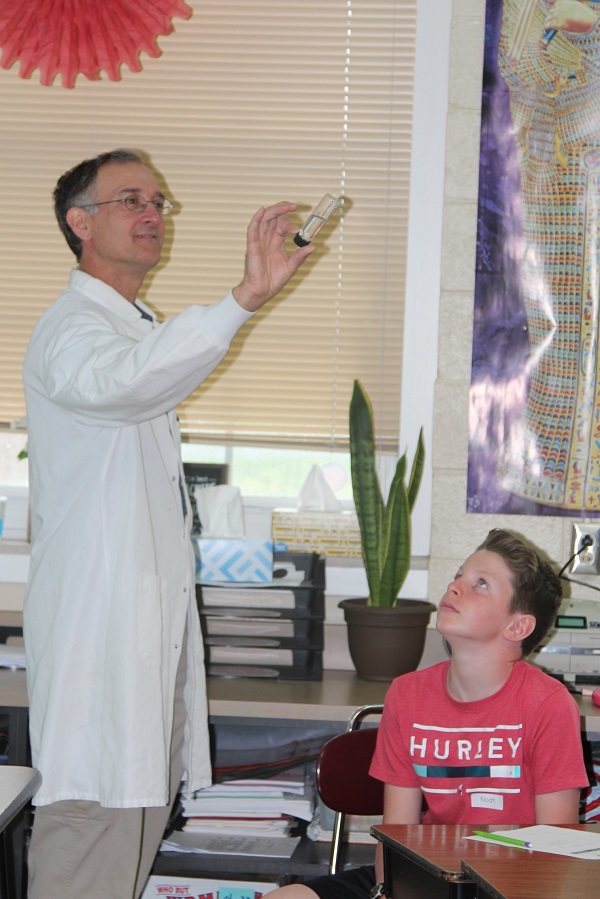
Career Fair at John Beck Elementary
August 1, 2019Warwick High School’s new CNC milling machine isn’t just a faster way for electronics students to cut circuit boards. It’s a dramatically effective tool for teaching technology that’s used in the real world.
“We didn’t want Warwick kids to fall behind,” says Barb Mobley, Executive Director of the Warwick Education Foundation, which funded the $2,495 grant to purchase the new machine. “We’re committed to giving them an extra edge. Whether they go directly from high school to a well-paying technical job or go on to college or technical school, we want Warwick kids fully prepared to take the next step equipped with the skills they need.”
Martin Meier along with his colleague Jeff DuBosq, who teach technology and engineering at Warwick High, wrote the grant asking the Foundation to fund the machine. They wanted to close the gap between real-world circuit design and the chemical etching his students had been using. “It was a messy, time-consuming process—and not environmentally sound.”
Today Warwick students can trim a whole week off the timetable for designing, programming, and cutting a prototype circuit board. “So they have a lot more time to discover and learn new things,” Meier adds.
“This is where the industry is going,” says 2019 graduate Marco Randazzo, “and where a lot of the money is now.” As the teaching assistant, Marco assembled the new milling machine and “helped Mr. Meier with the software and designing the first demo board.”
No surprise where’s Marco’s going. “I’m thinking…the technical education route to teaching.”
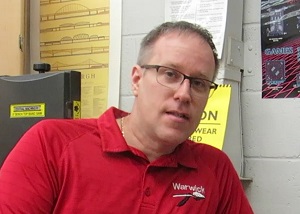
“
Thanks to all of you who are reaching to help us through contributions to the Warwick Education Foundation.
Martin Meier
TECHNOLOGY & ENGINEERING TEACHER,
WARWICK HIGH SCHOOL
An early start for Warwick students.
Warwick students begin computer coding and programming of simple robots in elementary school—also with the Warwick Education Foundation’s help. “Since 2015, we’ve made an extra effort to fund science and technology in our schools beyond the district’s budget,” says Barbara Mobley. As interest in science and technology kicks in, “kids become problem solvers and get excited about participating in science fairs.”
By the time they’re high school seniors, many are ready for advanced electronic courses like Martin Meier teaches and equipment like the new CNC milling machine.
“Students can come up with their designs on a software program,” Meier explains, “and take their designs and convert it into a computer language called G-code, something this new milling machine can understand. So it knows where to move around and make the cuts necessary to make your circuit board.”
Being able to create a prototype circuit board is fundamental to controlling the flow of electrons that govern a device’s operation, whether it’s as complex as a smart phone or as basic as a railroad crossing signal or a soda machine. Once the prototype board operates successfully, a hundred or a thousand duplicates can be milled using an automated process.
The new milling machine is another in “quite an array of newer items available to students so they can learn more modern skills that will help them when they get out into the work field,” Meier says. He credits the Foundation and its contributors for making it possible.
The making of an engineer.
Exposure to technology like this can have a life-changing influence. “We had a student one time who was interested in a radio-controlled vehicle,” Meier recalls. “He wasn’t satisfied with the electronic components inside the vehicle so decided to create his own circuit board. He made a prototype, put it into the vehicle, programmed it, and had it provide more feedback so the vehicle knew where it was and could make some of its own decisions. That student would go on to be an engineer.”
“Our schools compete in sports. What isn’t as visible is how we compete in academics,” Barb Mobley says. “Thanks to the generosity of the Foundation’s donors for over two decades, Warwick students are able to envision bright futures for themselves. And now that includes a future in technology.”
